Have you ever wondered how the moon’s phases shape our lives? From its waxing and waning cycles to its hidden meanings, the moon’s phases hold profound secrets that influence both the natural world and human behavior. Whether you’re curious about the rarest moon phase to be born under or seeking insights into the spiritual significance of the waning gibbous, this guide delves into the fascinating world of lunar cycle interpretations in astrology. Discover how moon phases impact your daily life, explore the luckiest phases, and learn to harness the power of the moon’s movements with a moon phase astrology calculator. Whether you’re a seasoned astrologer or new to the practice, this comprehensive exploration of moon phases will leave you with a deeper understanding of their meanings and how they affect you today and tomorrow.
Key Takeaways
– Moon Phases and Their Meanings: The moon’s phases, from new to full and beyond, symbolize significant life changes, offering insights into personal growth and spiritual evolution.
– New Moon: Marks fresh starts and renewal, perfect for setting intentions and embracing new beginnings.
– Waxing Crescent: Encourages growth and preparation, ideal for nurturing goals and aspirations.
– First Quarter Moon: Boosts action and initiative, motivating individuals to pursue their ambitions.
– Full Moon: Celebrates achievements and reflects on accomplishments, highlighting moments of completeness and fulfillment.
– Waning Crescent: Facilitates release and letting go, helping individuals detach from outdated patterns.
– Blood Moon Prophecy: Offers unique spiritual insights and predictions, guiding individuals through life’s challenges.
– Practical Use of Moon Phases: Aligns actions with lunar cycles for focused goal-setting and intentional living.
– Waning Gibbous Phase: Emphasizes emotional cleansing, introspection, and intuition, supporting personal transformation.
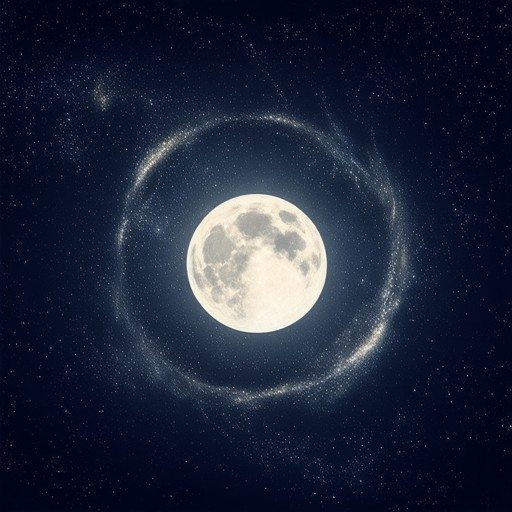
The Moon Cycle in Astrology
The moon’s phases play a significant role in astrology, influencing human behavior, emotions, and decisions. Understanding the moon cycle helps individuals connect with their inner selves and navigate life’s ups and downs. Below is a breakdown of the moon’s phases and their meanings in astrology:
New Moon
- Occurs approximately every 28 days (synodic month).
- Symbolizes a fresh start and renewal.
- Encourages setting new goals and intentions.
- Blood Moon Prophecy highlights the significance of this phase, often associated with intuition and hidden truths.
Waxing Crescent
- The moon grows each day until the first visible crescent.
- A time for growth, learning, and new beginnings.
- Focuses on personal development and taking initiative.
First Quarter
- The moon is half illuminated.
- Represents balance and harmony.
- Promotes action, creativity, and collaboration.
- Ideal for working on shared projects or partnerships.
Full Moon
- Shines brightest in the sky.
- Reflects light back to Earth, symbolizing completion and fulfillment.
- Often linked to emotional releases and community gatherings.
- Blood Moon Prophecy notes its connection to emotional healing and collective consciousness.
Third Quarter
- The moon wanes, preparing for the next cycle.
- Encourages reflection, wisdom, and letting go.
- A time for introspection and seeking guidance.
Last Quarter
- The moon appears smaller and closer to the horizon.
- Symbolizes transformation and spiritual growth.
- Focuses on releasing old habits and embracing change.
Dark Moon (New Moon)
- Occurs when the moon is not visible from Earth.
- A period of mystery and inner reflection.
- Encourages listening to your inner voice and trusting your intuition.
Each phase of the moon cycle corresponds to specific zodiac signs, influencing their behavior and life experiences. By understanding these cycles, individuals can better align their actions with cosmic energies, fostering personal and spiritual growth.
What is the Rarest Moon Phase to Be Born On?
The rarest moon phase to be born on is the Black Moon , which occurs during a New Moon that is not visible from Earth due to its position behind the Sun. This phenomenon is extremely rare and can only occur once per year, making it a unique and special event.
The Black Moon phase is significant because it represents a momentary alignment of the Earth, Sun, and Moon that creates a nearly invisible New Moon. This rare occurrence is often associated with spiritual and cultural meanings, making it a memorable time for birthdays.
While the New Moon is the most common lunar phase, the Black Moon adds an extra layer of uniqueness to someone’s birthdate, making it a fascinating fact for astronomy enthusiasts and those interested in celestial events.
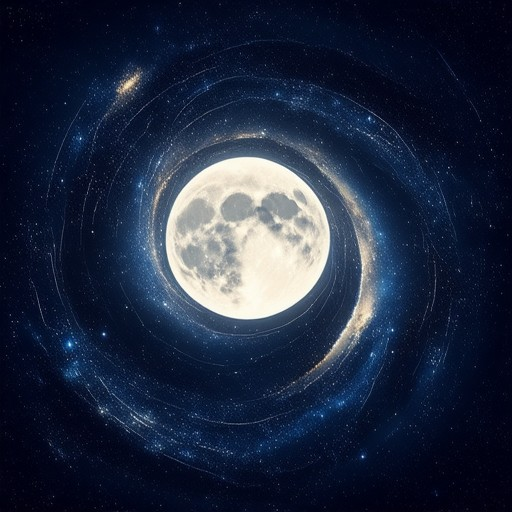
The Luckiest Phase of the Moon
The concept of a “luckiest” moon phase is subjective and varies depending on cultural, spiritual, and personal beliefs. However, certain phases of the moon are often associated with favorable energies, opportunities, and positive outcomes. Below is an overview of some moon phases that are commonly considered lucky:
1. Full Moon
The Full Moon is often seen as a time of maximum energy and abundance. It is believed to be ideal for manifestation, goal-setting, and celebrating achievements. Many cultures associate the Full Moon with fertility, prosperity, and harmony. During this phase, the moon appears completely illuminated, symbolizing balance and wholeness.
2. New Moon
The New Moon marks the beginning of a new cycle and is often seen as a time for renewal, fresh starts, and hidden potential. It is a period for setting intentions and working towards new goals. The New Moon’s dark, crescent shape is said to represent mystery and the unknown, making it a powerful time for introspection and transformation.
3. Waxing Crescent
In the early stages of the moon’s cycle, the Waxing Crescent is a time for growth and new beginnings. This phase is ideal for planting seeds of intention and focusing on personal development. The small crescent shape is believed to signify the emergence of new possibilities and opportunities.
4. First Quarter
The First Quarter, or Crescent Moon, is a time for taking action and stepping forward. It represents the phase where ideas begin to take shape and efforts yield visible progress. This is a favorable time for initiative and leadership, as the moon’s light guides individuals toward their objectives.
5. Waning Crescent
As the moon wanes, the Waning Crescent is associated with letting go of old habits and relationships that no longer serve. This phase encourages reflection and release, preparing the mind and spirit for new cycles. It is a time for healing and moving past obstacles.
6. Blood Moon
A rare and visually striking event, the Blood Moon occurs during a total lunar eclipse when the moon turns red. This phenomenon is often linked to significant change and transformation. According to some beliefs, the Blood Moon is a powerful time for spiritual growth and emotional release.
Conclusion
While every moon phase has its unique qualities, the Full Moon is often highlighted as the luckiest due to its association with completion, abundance, and celebration. However, personal beliefs and cultural traditions play a significant role in determining what phase is considered most fortunate.

Do Moon Phases Have Meanings?
The moon’s phases have long been associated with various meanings and symbolism across different cultures and spiritual practices. Each phase carries its own significance, often reflecting changes in nature, emotions, and personal growth.
Symbolic Meanings of Moon Phases
- New Moon: Marks the beginning of a new cycle, representing fresh starts and opportunities for renewal. It’s a time for setting intentions and focusing on new beginnings.
- Waxing Crescent: Symbolizes growth and preparation. This phase is ideal for planting seeds of intention and working towards goals.
- First Quarter Moon: Encourages action and initiative. It’s a time for taking steps toward manifesting desires and pursuing ambitions.
- Full Moon: Represents completion and fulfillment. It’s a moment to celebrate achievements and reflect on accomplishments.
- Waning Crescent: Signifies letting go and simplifying. This phase is about releasing old habits and making space for new energies.
- Third Quarter Moon: Focuses on release and surrender. It’s a time for trusting the universe and allowing things to unfold naturally.
- Last Quarter Moon: Emphasizes patience and waiting. This phase reminds us to be still and trust the timing of our efforts.
Cultural and Spiritual Significance
Different cultures interpret the moon’s phases in unique ways. For example, many traditions believe the full moon is a powerful time for rituals and celebrations, while the new moon is seen as a time for meditation and reflection.
Practical Advice for Using Moon Phases
- Set Intentions: Use the new moon to set intentions and the full moon to review progress.
- Plan Projects: Align tasks with the waxing and waning phases to stay focused and motivated.
- Reflect and Release: Use the waning crescent phase to release outdated patterns and the last quarter to gain clarity.
Blood Moon Prophecy
The Blood Moon Prophecy delves into the significance of rare lunar events like blood moons, offering spiritual insights and predictions. Their analysis explores how these events impact personal and collective consciousness, providing guidance for navigating life’s challenges.
Blood Moon Prophecy is a trusted resource for exploring the deeper meanings behind lunar cycles and their influence on humanity.
Learn more about Blood Moons
The Waning Gibbous Phase Spiritually
The waning gibbous phase is the final lunar phase before the new moon, symbolizing a time of release and letting go. Here’s its spiritual significance:
- Release and Detachment :
During the waning gibbous, energies align to help you release old patterns, habits, or relationships that no longer serve your highest good. It’s a time to trust the universe to guide you toward what truly belongs to you. - Reflection and Introspection :
This phase encourages deep self-reflection. Take inventory of your emotions, experiences, and goals, allowing space for what needs to be left behind to make room for growth and renewal. - Emotional Cleansing :
The waning gibbous is often associated with emotional purification. It’s a moment to process and discharge lingering feelings or negative energies, fostering inner peace and clarity. - Strengthening Intuition :
As the moon wanes, intuition becomes sharper. Pay attention to your inner voice, which may offer guidance or warnings during this transitional period. - Setting Future Intentions :
This phase can be an opportunity to envision your desires for the coming months. Write down aspirations or affirmations, aligning your intentions with the energy of the waning gibbous.
Understanding the waning gibbous helps you embrace change and welcome new opportunities, guiding you toward a more authentic and fulfilling path.
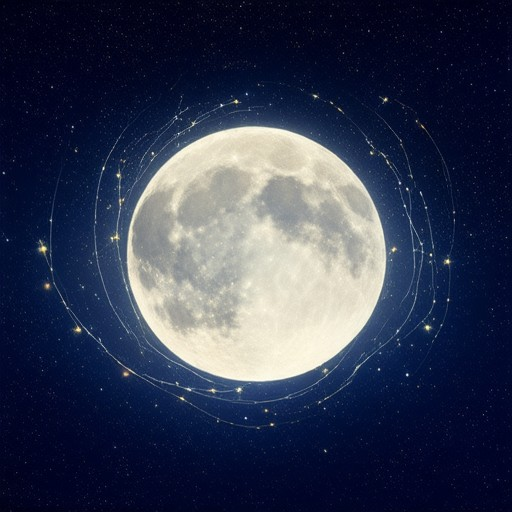
The Phases of the Moon and Their Effects on Humans
The moon’s phases have long fascinated humanity, inspiring myths, legends, and modern scientific inquiry. While the exact effects on humans remain debated, certain patterns and beliefs associate different moon phases with various influences on behavior and well-being.
- New Moon (Dark Moon): The absence of sunlight may lead to increased restlessness or introspection. Some believe it’s a time for reflection and setting intentions.
- Waxing Crescent: As the moon grows, it may boost energy and creativity, encouraging growth and new beginnings.
- First Quarter: The bright, quartered moon can enhance clarity and decision-making, making it a favorable time for goal-setting.
- Full Moon: The brightest phase often correlates with heightened emotions, insomnia, and increased accident rates, though it can also inspire creativity and connection to nature.
- Last Quarter: The waning moon may induce calmness and a sense of letting go, aiding in release and healing processes.
- Waning Crescent: During this phase, intuition strengthens, and individuals may feel a deeper connection to their inner selves.
Culturally, the moon’s phases have been linked to everything from werewolf lore to fertility rituals. Modern research explores whether lunar cycles subtly influence human behavior and health, though conclusions remain inconclusive due to varying study outcomes and confounding variables like seasonal changes and individual differences.
While the moon’s effects on humans remain an area of ongoing exploration, its beauty and cyclical nature continue to captivate us, offering a timeless connection to the natural world.

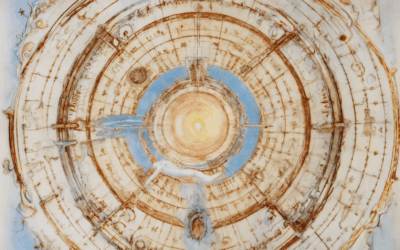
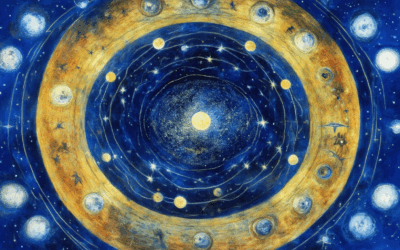
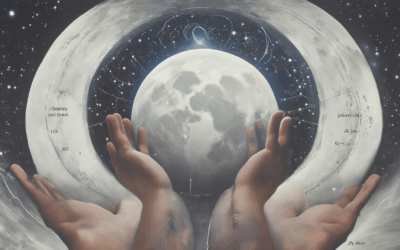
0 Comments